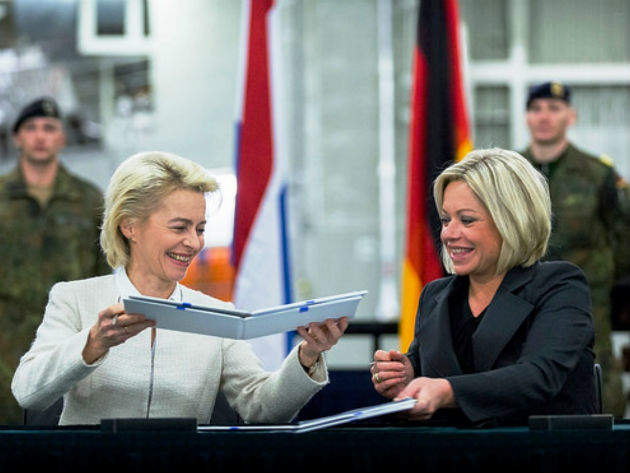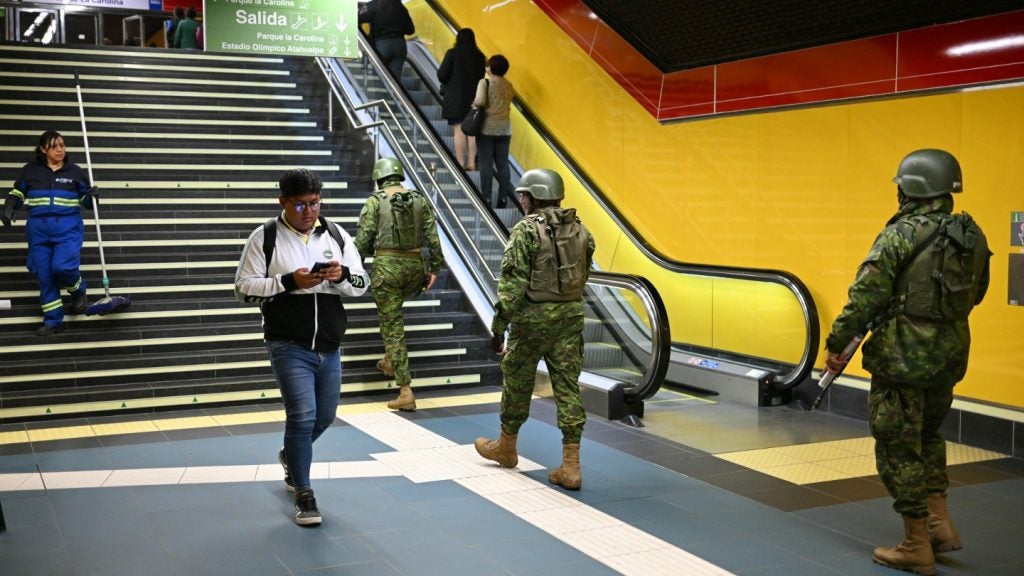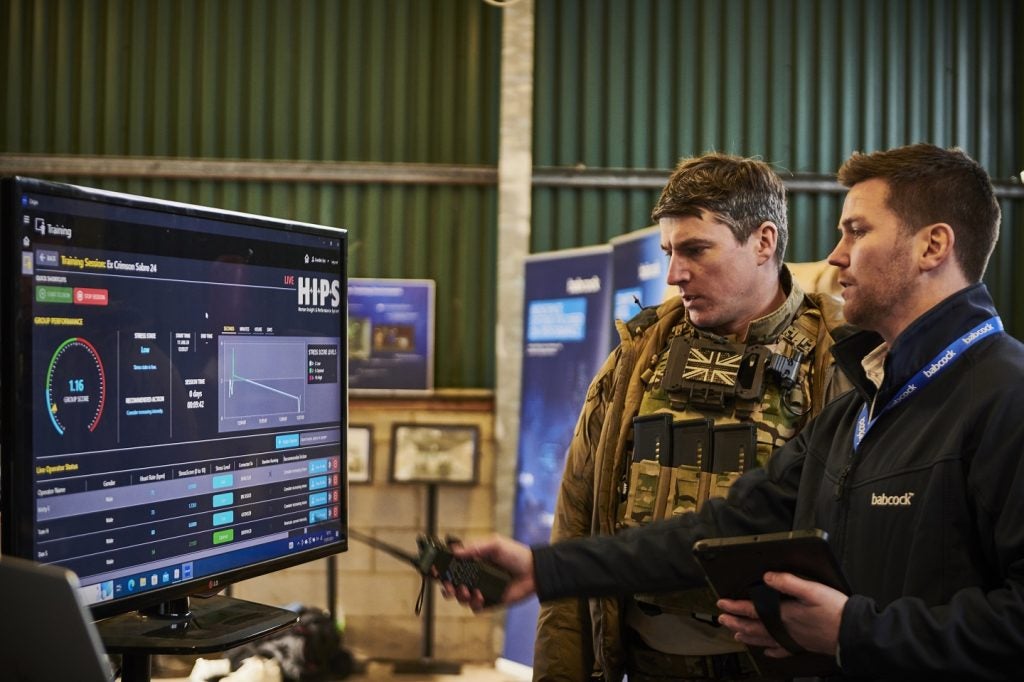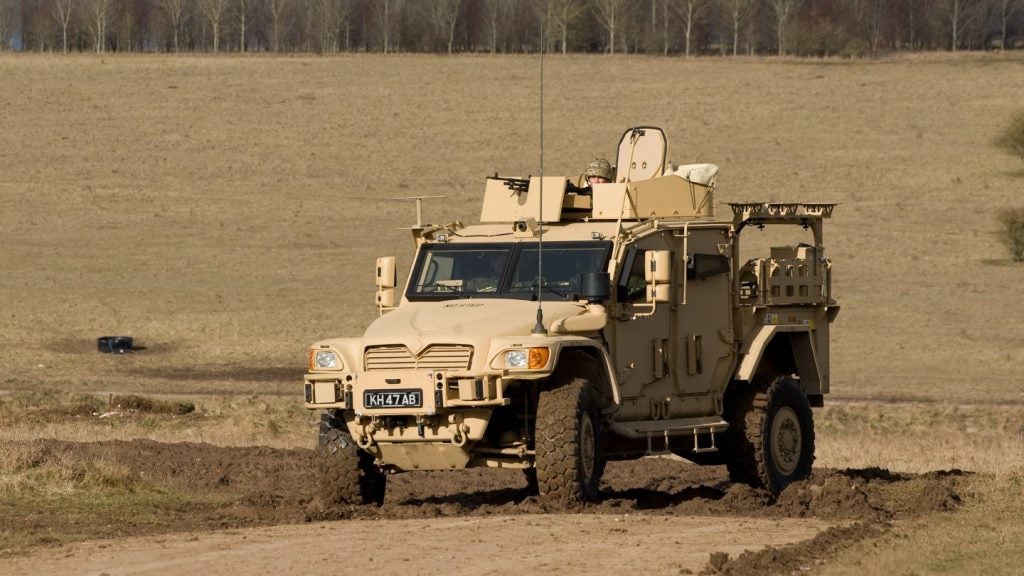
The Dutch Defence Minister, Jeanine Hennis-Plasschaert, has identified basic readiness as her number one priority, setting out almost immediately to spend the lion’s share of the extra €300 million (US$ 347m) increase for 2017 on improving both basic and speciality training and increasing materiel stockpiles.
Much of the emphasis is on bolstering military capabilities across the board, and particularly in terms of conducting the kind of major-high-intensity, high tempo operations that Dutch forces have increasingly found themselves tasked with over recent years. It has meant that, as the Minister herself has said, “a heavy toll has been exacted from Defence over the last few decades” which she hopes now to begin to address through increased investment in training, personnel, enhanced maintenance capacity and greater reserves of equipment and supplies.
Hedging bets
In addition, the Dutch government also plans to set up a ‘reserve fund’ within the defence budget, amounting to €40 million (US$ 45.6m), as a hedge against the uncertainties of foreign currency fluctuations, with any ‘windfalls’ from a strong euro being added back into the fund. With a new fleet of high-ticket F-35s, priced in US dollars and not yet fully paid for, due to begin replacing the Royal Netherlands Air Force ageing F-16s from 2019, it seems a particularly prudent move.
As to how the rest of the forthcoming extra cash should be spent, after the long years of belt-tightening, the three service branches themselves each have their own particular views. Writing in the Dutch language newspaper NRC Handelsblad in July, however, three senior research fellows at the ‘Clingendael’ Institute of International Relations describe those wish lists as “predictable.” The Dutch Navy wants two more frigates and four new submarines, the Air Force is angling for additional F-35s, while tanks and extra artillery top the Army’s procurement goals.
While acknowledging that there are some good ideas being discussed, particularly in terms of the amalgamation of Dutch Special Forces under a single command, Professor Ko Colijn, Dr. Margriet Drent and Dick Zandee conclude that it is a “ familiar pattern: everyone is again thinking of themselves.” It is not, they suggest, the way forward.
Trans-national integration
The Netherlands is the fifth largest economy in the Euro-zone, and ranks 38th out of 133 in the Global Firepower review of military strength for 2017 – and yet, according to Stockholm International Peace Research Institute (SIPRI) data, throughout the 21st century it has consistently spent an average of just 1.3% of its GDP on defence. Not since 1994 has the Netherlands’ military expenditure achieved the 2% NATO commitment target – and then, only just.
How well do you really know your competitors?
Access the most comprehensive Company Profiles on the market, powered by GlobalData. Save hours of research. Gain competitive edge.

Thank you!
Your download email will arrive shortly
Not ready to buy yet? Download a free sample
We are confident about the unique quality of our Company Profiles. However, we want you to make the most beneficial decision for your business, so we offer a free sample that you can download by submitting the below form
By GlobalDataIn their piece, Colijn, Drent and Zandee point to twenty years of cross-party political neglect over security, despite successive reports and evaluations that “demonstrate how wretched things have got for the armed forces as regards recruitment, training, maintenance, procurement and usability.” In remedy, they recommend a four-pronged approach; repair and reinforce the armed forces, increase international co-operation, take an inclusive approach to security and look beyond the immediate horizon to a longer-term prospective.
The extra funding will, clearly, go some way towards achieving the first, while a series of initiatives implemented over the last few years have already propelled the second to levels of trans-national integration arguably unprecedented in European history.
The core fighting element of the Royal Netherlands Army consists of three brigades – 11th Airmobile Brigade, 13th Light Brigade and 43rd Mechanised Brigade. In 2015, 11th Airmobile was integrated into the German Army’s Rapid Forces Division and, in 2016, the 43rd Mechanised joined the 1st Panzer Division. The same year, Minister Hennis-Plasschaert and her German counterpart, Ursula von der Leyen, signed agreements initially to ‘ship-share’ the multi-function amphibious support HNLMS Karel Doorman, the largest vessel in the Dutch fleet, and which will ultimately see both their countries’ navies integrated too.
Security debate
In many respects, such moves represent the adoption of a more fundamentally inclusive approach to security too. The old maxim that the first role of government is the defence of the realm may still hold true, but modern governments are now charged with defending against so many existential threats and potential challenges that relying on traditional, delineated approaches has become increasingly outdated.
From cyber-attacks and terrorism to old-fashioned military aggression, security today means conventional armed forces, the police, intelligence services and many, many other agencies working together. It is part of the much wider defence debate which many nations are having to have in the current complicated and uncertain global climate, and one which, for the Netherlands, has been rumbling on for at least the last seven years.
In 2010, the Ministry of Defence undertook a Future Policy Survey to explore the possible shape and future role of Dutch forces for the 2030s, and the final document posed five key strategic questions. What does the Netherlands want to mean in the world, what defence efforts will be required, where does the balance lie between protecting national territory and engaging threats at a distance, how big a part should Dutch forces play in internal security, and how far is the country prepared to cede autonomy and depend on others for its defence?
So, seven years on, with defence spending back in the spotlight, how are those questions being answered?
Dick Zandee says that since the events of 2014, with Crimea, ISIS and, in particular, the downing of the MH17, defence has undoubtedly gained a higher profile. “But when choices have to be made between more money for health care or education versus defence,” he says, “the consensus quickly collapses. So, defence is not seen as an absolute priority but a relative priority. This is the case both in political circles and among the public.”
Crisis management
The future Dutch role on the world stage may be difficult to judge too. Despite broad support for successful operations such as the anti-piracy naval operation off the Somali coast and the anti-ISIS air campaign, Zandee says there is generally more doubt about the usefulness and effectiveness of involvement overseas. He points to the influence of the populist parties who argue for no involvement in crisis management at all, preferring instead to concentrate fully on territorial and homeland defence, which tends to force other parties to adopt similar policies for fear of losing votes.
“This is visible in the programme of the prime-minister’s own VVD, centre-right liberal party,” he says. “It argues that Dutch armed forces should only participate in crisis management operations when it serves ‘the national interest’, with the exception of large-scale violation of human rights, natural disasters or supporting humanitarian relief.”
For the forces themselves, Zandee sees multinational cooperation likely to play an increasingly large part in the future, both in operations with allies and also in terms of further integration with the likes of Germany and Belgium. He believes that the Netherlands will maintain its current full spectrum of three-services, but predicts “serious limitations in scale of operations and sustainment because no fundamental choices will be made, while the budget will only moderately rise.”
How effective this will all prove in the modern security landscape remains to be seen, but the Dutch security debate seems far from over.







